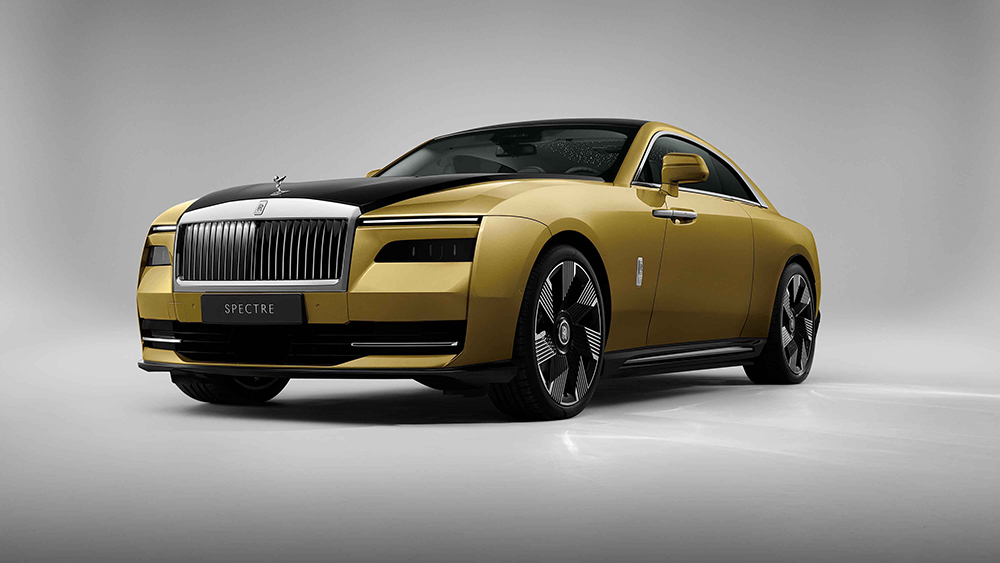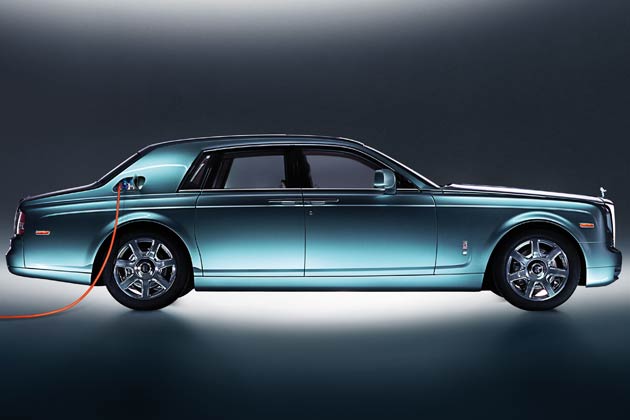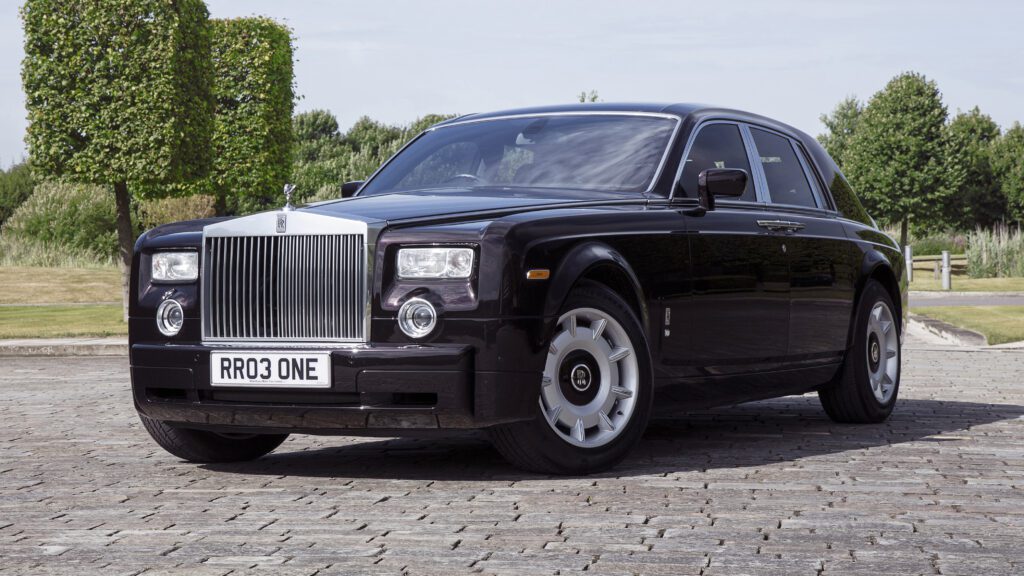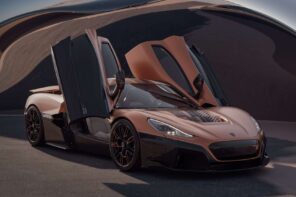
Rolls-Royce is a brand that is synonymous with luxury, class, and style. For many years, the automaker has been known for producing some of the most exceptional vehicles on the market. Two of the most notable vehicles in Rolls-Royce’s lineup are the brand’s first-ever electric vehicle (EV) and its final V-12 model. But which one of these models is a better collectible? Let us take a closer look.
Rolls-Royce’s First EV
In 2019, Rolls-Royce unveiled its first-ever electric vehicle, the Phantom Experimental Electric (EE). This car was an experiment in electric luxury, and it was based on the brand’s flagship Phantom model.

The Phantom EE was powered by two electric motors that produced a combined output of 563 horsepower and 664 lb-ft of torque. This power output was impressive, and the Phantom EE was capable of accelerating from 0-60 mph in just 5.8 seconds.

One of the most notable features of the Phantom EE was its battery pack. The car was equipped with a 130kWh battery that provided a range of up to 300 miles on a single charge. This was a significant achievement, as it meant that the Phantom EE was capable of providing a true electric luxury experience, without any compromise on the range.
The Final V-12 Model
On the other hand, the final V-12 Rolls-Royce model was Phantom VII, which was produced between 2003 and 2017. The engine was mated to an eight-speed automatic transmission, which enabled the Phantom VII to accelerate from 0-60 mph in just 5.7 seconds.

The Phantom VII was the pinnacle of luxury, and it came with a host of features that were designed to provide the ultimate driving experience. The car was equipped with an air suspension system that ensured a smooth and comfortable ride, regardless of the road conditions. It also came with a high-end entertainment system, a refrigerated mini-bar, and a host of other features that were designed to make the car as luxurious as possible.
Which is a Better Collectible?
Both the Phantom EE and the Phantom VII are exceptional cars, and they represent two different eras in the history of Rolls-Royce. However, when it comes to collectibility, there are a few factors that we need to consider.
Firstly, the Phantom EE is a historic car, as it represents the brand’s first foray into the world of electric luxury. This makes it a significant car from a historical standpoint, and it is likely to be highly sought-after by collectors in the future.
Secondly, the Phantom EE is a limited-edition car, as only one example was ever produced. This means that it is an incredibly rare car, and it is likely to become even rarer as time goes on.
Finally, the Phantom EE is a forward-thinking car that represents the future of luxury motoring. As the world continues to shift towards electric vehicles, the Phantom EE is likely to become increasingly relevant and desirable.
In contrast, the Phantom VII is a more traditional car that represents the pinnacle of luxury motoring from a bygone era. While it is an exceptional car, it is not as historically significant as the Phantom EE, and it is also not as rare.
while both the Phantom EE and the Phantom VII are exceptional cars, the Phantom EE is likely to be a better collectible in the long run. Its historical significance, rarity, and forward-thinking design make it a car that is likely to appreciate over time.




